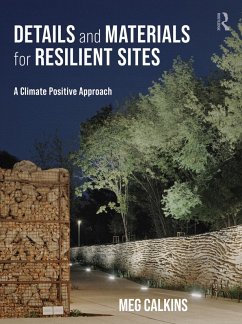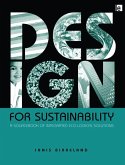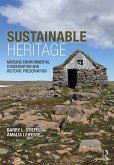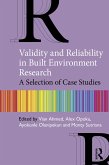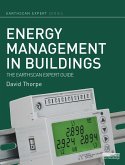It provides strategies, tools, and detailed information for the practice of climate positive design. Reduced carbon, resource efficient materials, and material mixes are addressed for both standard and alternative materials including stone, concrete, asphalt pavement, brick, earth-based materials, wood, biobased materials, metals, and plastics. Construction considerations are discussed and illustrated, and strategies to reduce environmental impacts are offered. Emphasis is placed on durable, resource efficient structures, and reduced embodied carbon approaches for pavements, porous pavements, green roofs, bioengineered embankments, retaining walls freestanding walls, decks and boardwalks, and rails, fences, and screens. Exemplary case studies from around the world are highlighted, and key resources such as assessment tools, information transparency tools, and benchmarking measures are provided.
Responding to the need for landscape architecture to account for climate change, resource consumption, and habitat destruction, this important book is key reading for both professionals and students alike.
Dieser Download kann aus rechtlichen Gründen nur mit Rechnungsadresse in A, B, BG, CY, CZ, D, DK, EW, E, FIN, F, GR, HR, H, IRL, I, LT, L, LR, M, NL, PL, P, R, S, SLO, SK ausgeliefert werden.

